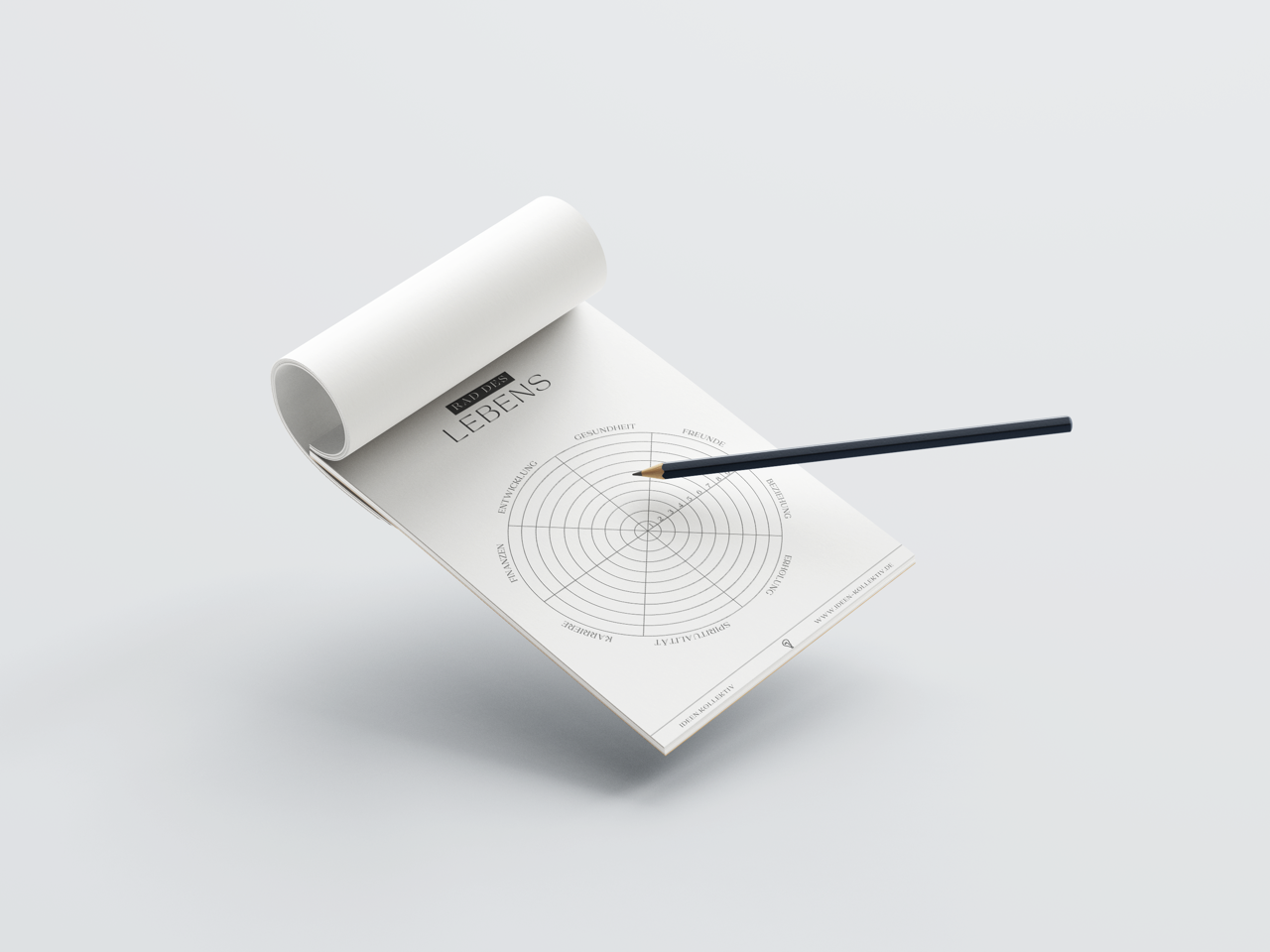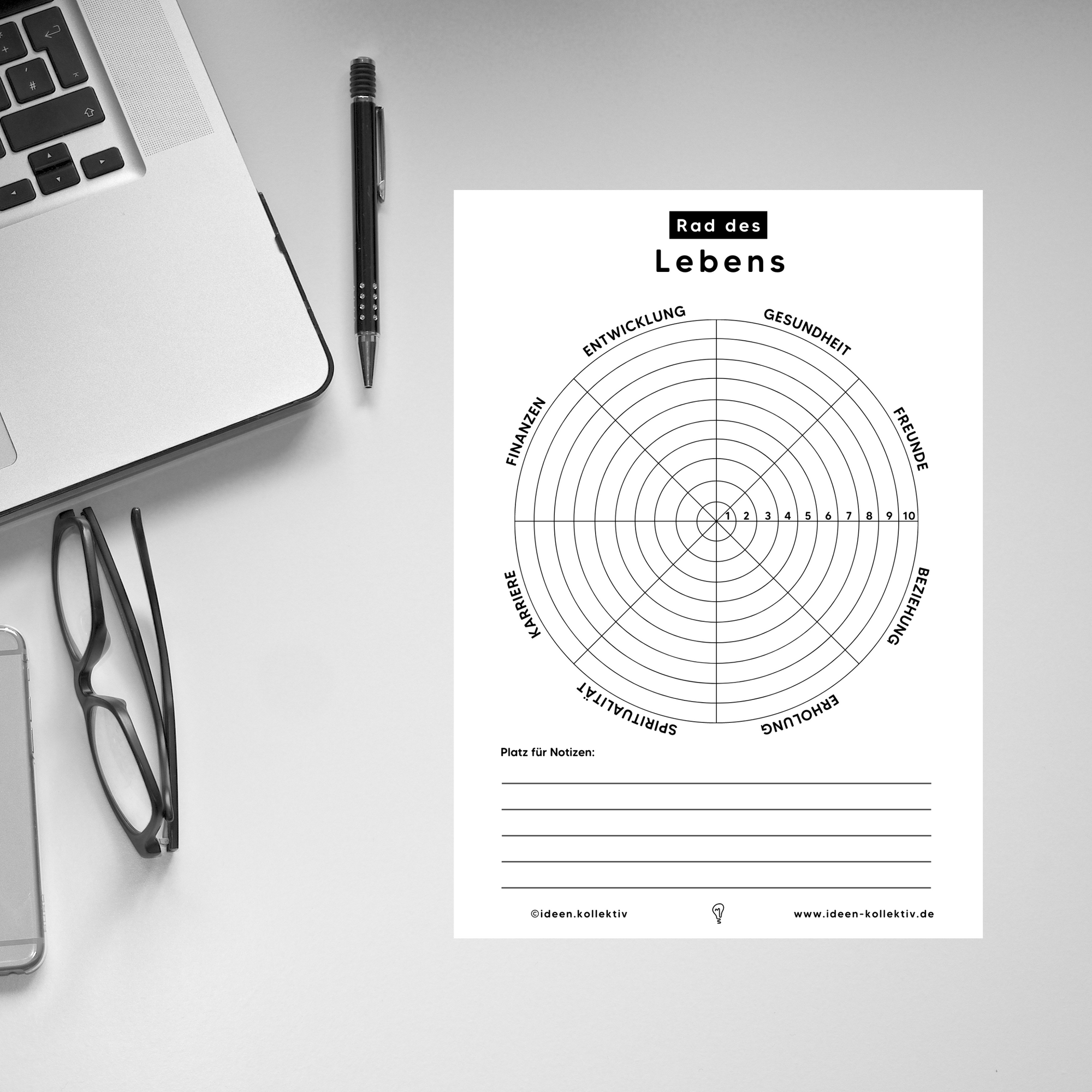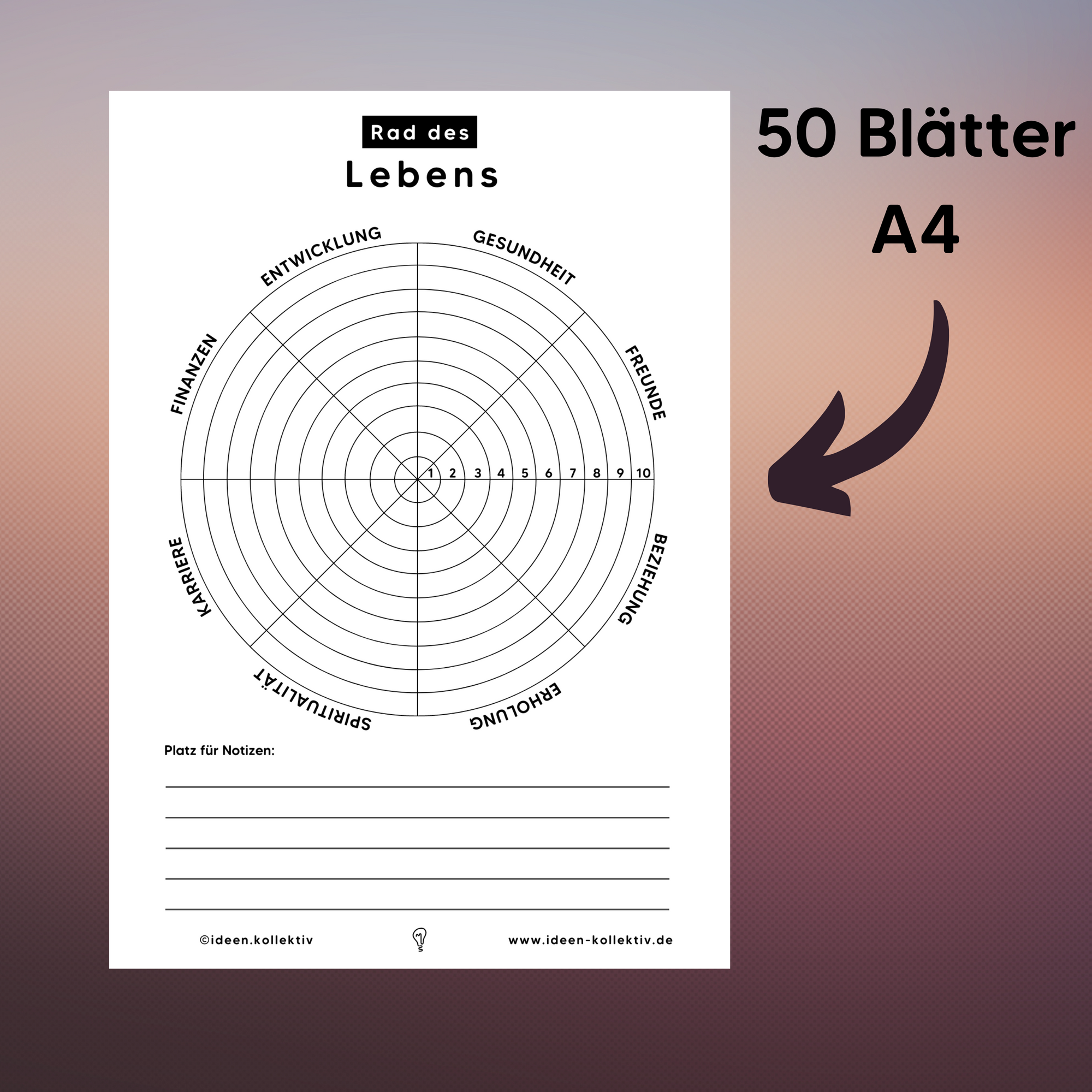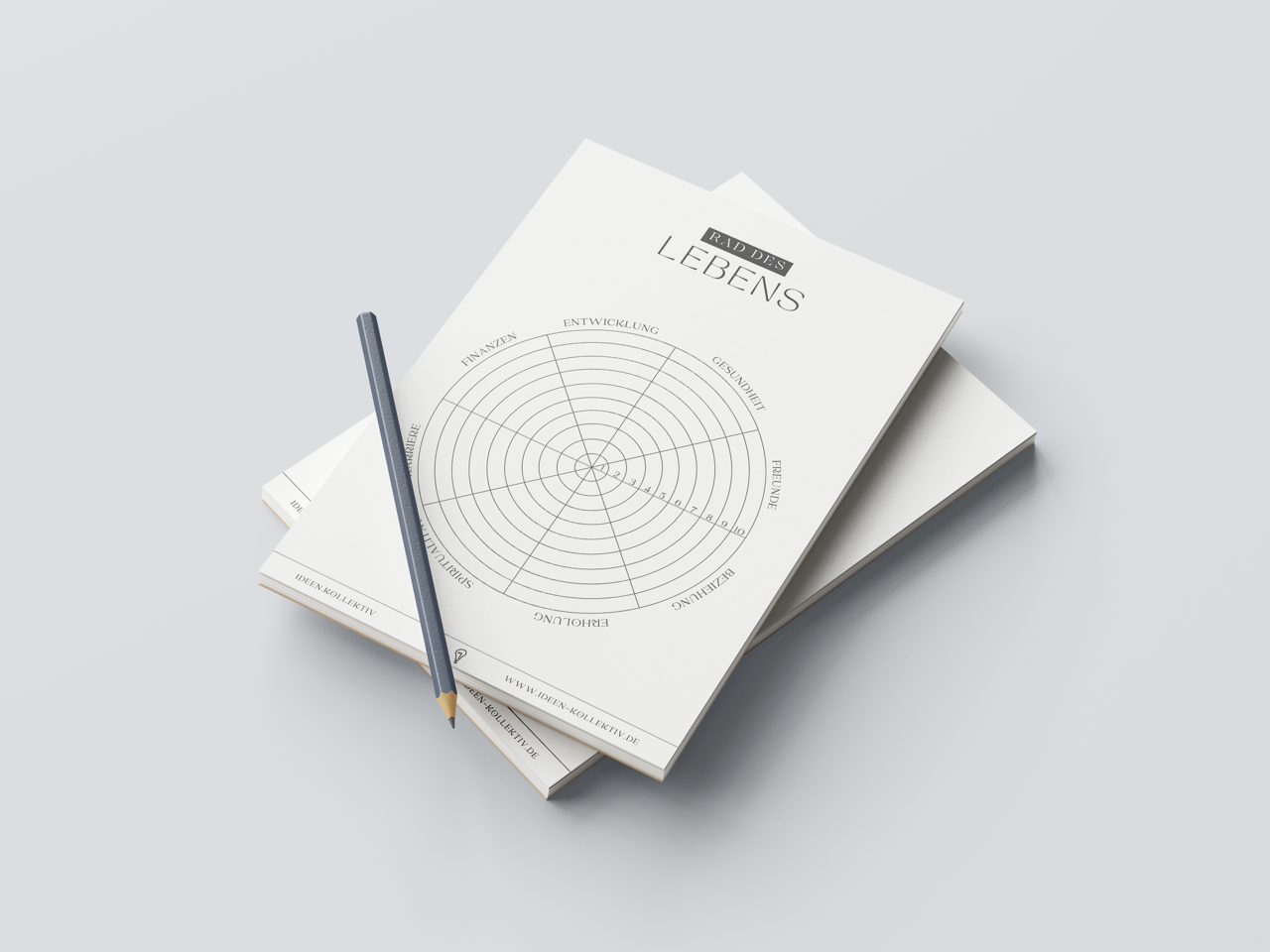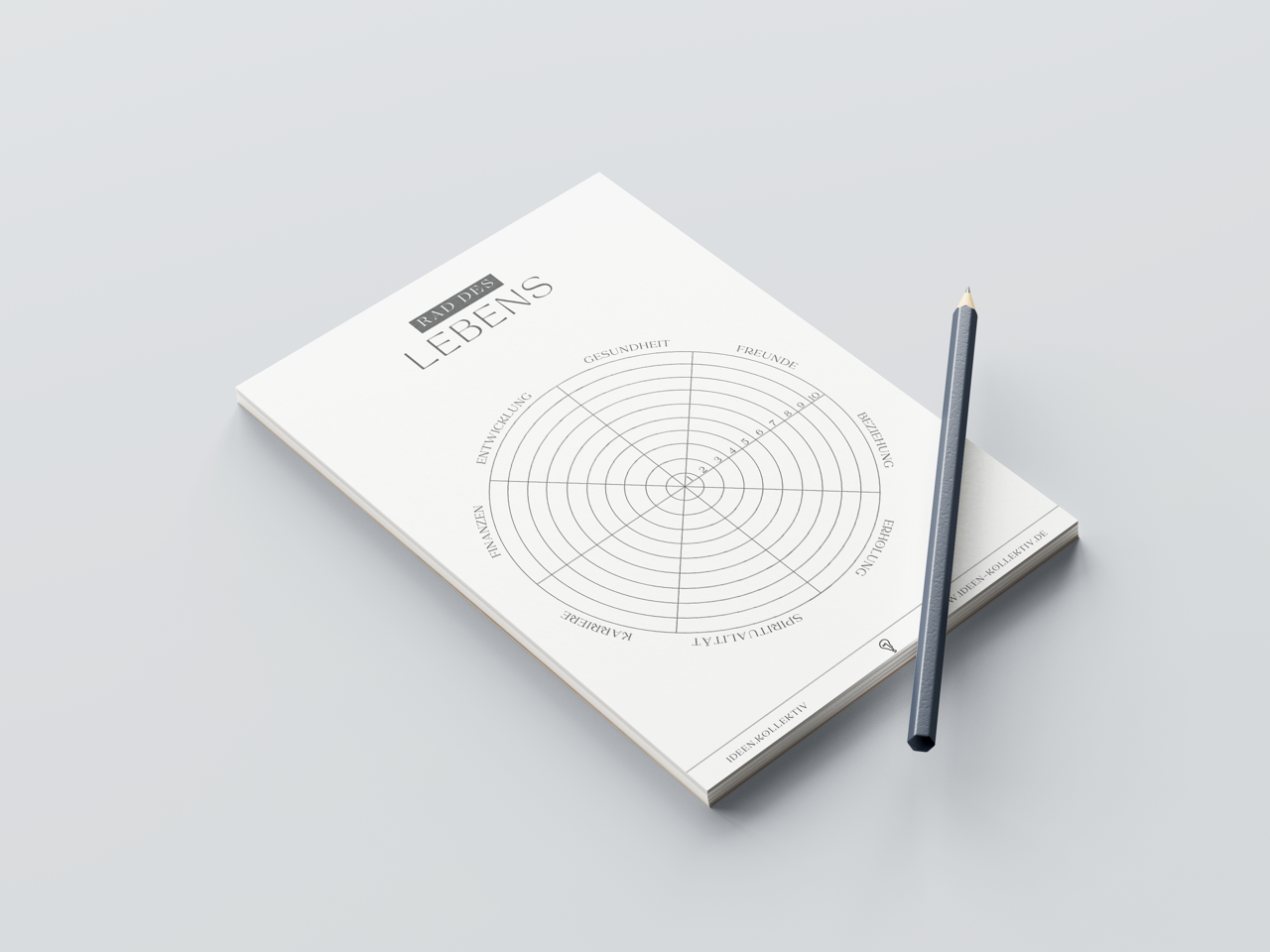As coaches or trainers, we want to offer our clients and trainees the best possible support in order to ideally turn weaknesses into strengths. The basis is always similar, regardless of whether it is general life support or sports training. At the beginning, the current state of the person concerned should be carefully examined. Just like the surgeon doesn't first cut off the leg on suspicion, only to find out later that the hand is broken (and then the leg has to be painstakingly stapled back on. After all, time is precious ;-)).
In order to offer your clients or yourself the best possible coaching and to start in the right places, it is essential that you get an overview of what is currently going wrong.
By asking your client the right questions at the beginning of the coaching session, you can find out a lot about his or her current state. As a trainer, you simply let athletes 'exercise' to find the weak points. This is important so that you can put together an optimal coaching strategy and accompany your client optimally with his wishes and goals. With a bit of luck, your client will think a little about the questions and come up with one or the other solution on their own. So that you are not dependent on luck and the evaluation of the problems not only helps you to find a strategy, you can Coaching use the wheel of life.
The tool is part of the standard repertoire for many coaches. With the wheel of life, you can find out very precisely where your clients' problems are and you can also visualize this directly to draw attention to neglected areas of life. 
How is the wheel of life used?
In the form of a pie chart, the tool shows directly that all areas of life are connected. Each piece of the cake represents a specific area of life.
Examples of different areas of life are:
- Health
- Family
- career
- hobbies
- Friends
To visualize how satisfied the client is with the different sub-areas, you ask them to award points, which are arranged on the wheel as boxes from the outside to the inside. The score decreases towards the middle. There is zero. At the outer edge is the highest level of satisfaction with 10 points. When the points are awarded, the wheel is colored. Each piece is colored from zero to the point awarded. When looking at it, the areas in which things are going well immediately catch the eye. In the same way, the deficits are recognizable through the uncolored areas of the wheel.
On this basis, you can discuss with your clients which areas of life urgently need more attention and where things are going well. For example, with the typical workaholic, the field of career will be quite extensively painted, but hobbies or family will be neglected. This imbalance is made directly clear to your counterpart through the wheel of life.
For which coaching is the wheel of life suitable?
Of course, this exercise is very well suited to life support, but the range of possible uses is wide.
As already indicated at the beginning, trainers can also help their students with the wheel of life. For this purpose, subdivisions such as coordination, jumping power, endurance or movement sequences can be broken down into their individual parts in order to analyze whether there is a problem with the take-off, the turn or the landing. It also becomes immediately apparent how everything is connected. In general, the landing does not improve if mistakes are made at the beginning of the jump.
Where do you get the wheel of life from?
So that you can save yourself the use of compasses and set squares and can fill your time with more important things, we have prepared a whole pad for you in a handy format with wheels of life that you always have at hand. This way you appear professional and save your precious time in preparation. You can find the practical helper in our shop. Click here!



